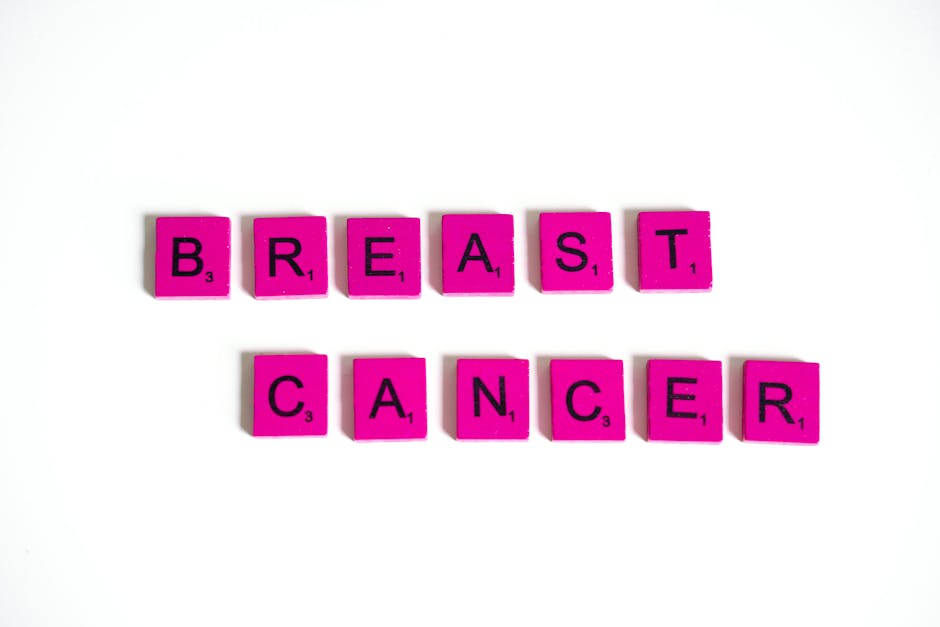How to Cure Acne: The Impact of Dairy
Welcome to our comprehensive guide on tackling acne through dietary adjustments, particularly focusing on the role of dairy. Acne can be a frustrating skin condition, affecting both teenagers and adults alike. While multiple factors contribute to its occurrence, recent studies suggest that dairy consumption might be a significant player. 🥛
Table of Contents
1. Introduction
2. Understanding Acne: Causes and Symptoms
3. The Dairy-Acne Connection
4. How Dairy Affects Your Skin
5. Alternatives to Dairy
6. Success Stories: Real People, Real Results
7. Conclusion
8. FAQs
Introduction
Acne is more than just a few occasional pimples. For many, it’s a chronic condition that impacts self-esteem and confidence. While traditional treatments include topical creams and medications, there’s growing interest in how diet influences skin health. Among various dietary components, dairy products have come under scrutiny for their potential to exacerbate acne. But is there truth to this claim? Let’s delve into the science behind dairy and its impact on your skin. 🌟
Understanding Acne: Causes and Symptoms
Before we explore the dairy connection, it’s essential to understand what acne is. Acne occurs when hair follicles become clogged with oil and dead skin cells, leading to whiteheads, blackheads, or pimples. It can appear on the face, forehead, chest, upper back, and shoulders. Factors like hormones, stress, and diet can influence acne severity.
The Dairy-Acne Connection
Several studies have investigated the relationship between dairy consumption and acne. Some research suggests that milk, particularly skim milk, might be linked to an increase in acne prevalence. This is due to the presence of hormones and bioactive molecules in milk that can affect the skin’s oil production and inflammation. 🧀
How Dairy Affects Your Skin
Hormonal Influence: Milk contains both natural and synthetic hormones. These hormones can interact with your body’s endogenous hormones, potentially leading to an increase in oil production, a known contributor to acne. 📈
Insulin-like Growth Factor (IGF-1): Dairy can increase levels of IGF-1, a hormone that plays a role in the development of acne. IGF-1 can stimulate the overproduction of sebum, the oily substance that can clog pores and lead to acne.
Inflammation: Certain proteins in milk might contribute to inflammation, worsening acne symptoms. Dairy can also trigger inflammatory responses in some individuals, leading to flare-ups.
Alternatives to Dairy
If you suspect dairy might be affecting your skin, consider switching to alternatives. Here are some options:
Plant-Based Milks: Almond, soy, oat, and coconut milk are excellent substitutes. They are not only dairy-free but also packed with nutrients. 🥥
Yogurt Alternatives: Coconut or almond yogurt can be delicious and gut-friendly options that do not contribute to acne.
Cheese and Butter Substitutes: Nutritional yeast can mimic the cheesy flavor, and plant-based butters offer a delicious and skin-friendly alternative. 🧈
Success Stories: Real People, Real Results
Many individuals who have cut dairy from their diets report clearer skin. For instance, Sarah, a 25-year-old graphic designer, noticed a significant reduction in her acne after switching to almond milk and avoiding cheese. Her skin became less oily, and breakouts were less frequent. These anecdotes, while not scientifically rigorous, highlight the potential benefits of a dairy-free diet for some people. 💁♀️
Conclusion
While more research is needed to establish a definitive link between dairy and acne, many people find that reducing or eliminating dairy from their diet leads to clearer skin. If you’re struggling with acne and suspect dairy might be a culprit, consider experimenting with a dairy-free diet to see if it makes a difference for you. Remember, every individual’s body reacts differently, so what works for one person might not work for another. Always consult with a healthcare professional before making significant dietary changes. 📚
FAQs
Q: Can cutting out dairy completely cure my acne?
A: While many people see improvements, cutting out dairy might not cure acne entirely as it can have multiple underlying causes.
Q: How long does it take to see results after eliminating dairy?
A: It varies, but some people notice changes in as little as two weeks, while others may take a few months to see significant improvements.
Q: Are there any risks associated with eliminating dairy?
A: Dairy is a source of calcium and vitamin D, so ensure you’re getting these nutrients from other sources if you eliminate dairy from your diet.
Thank you for joining us on this journey to clearer skin! 🌿
